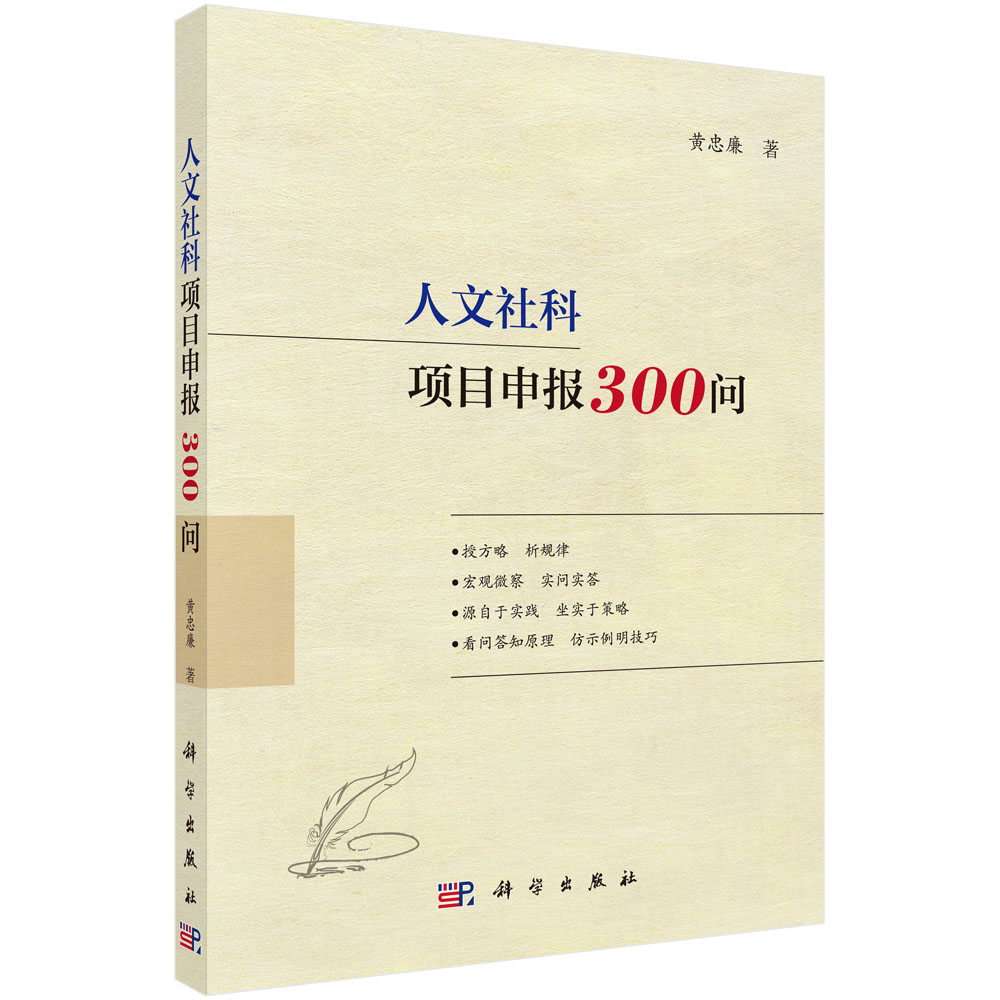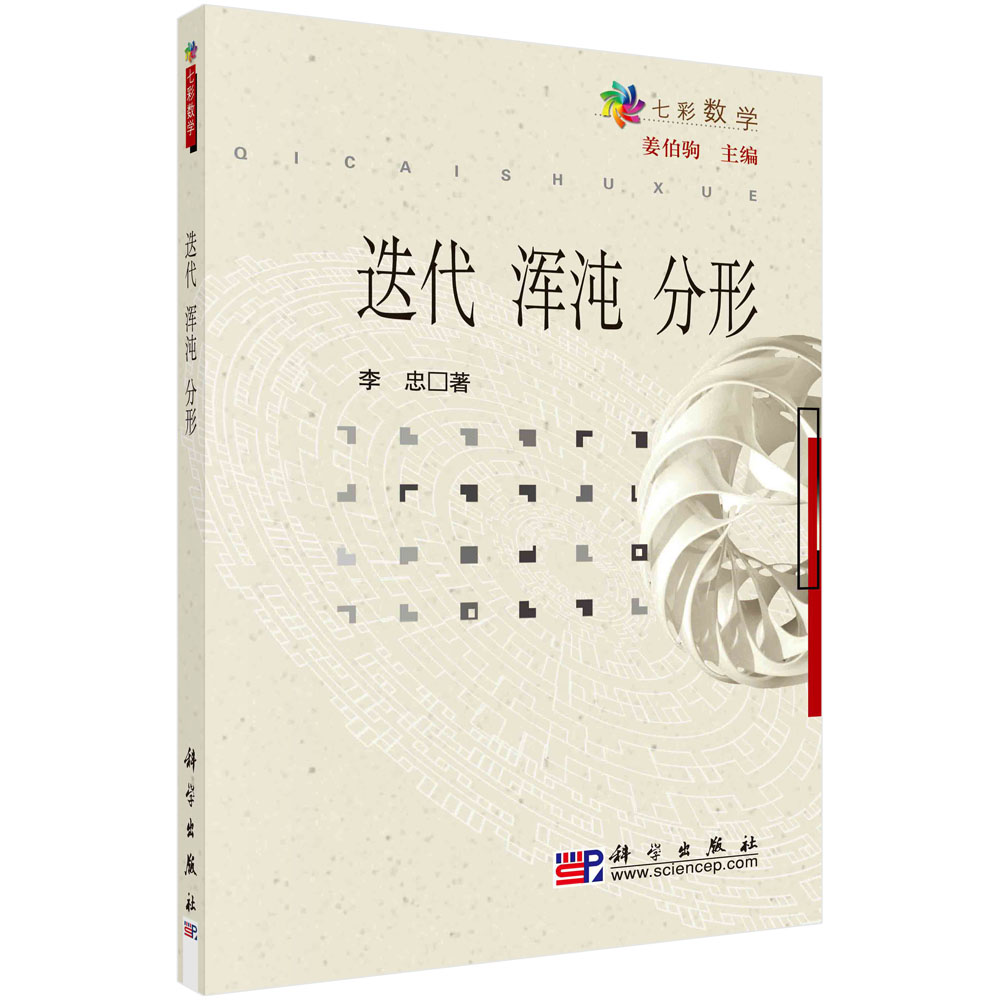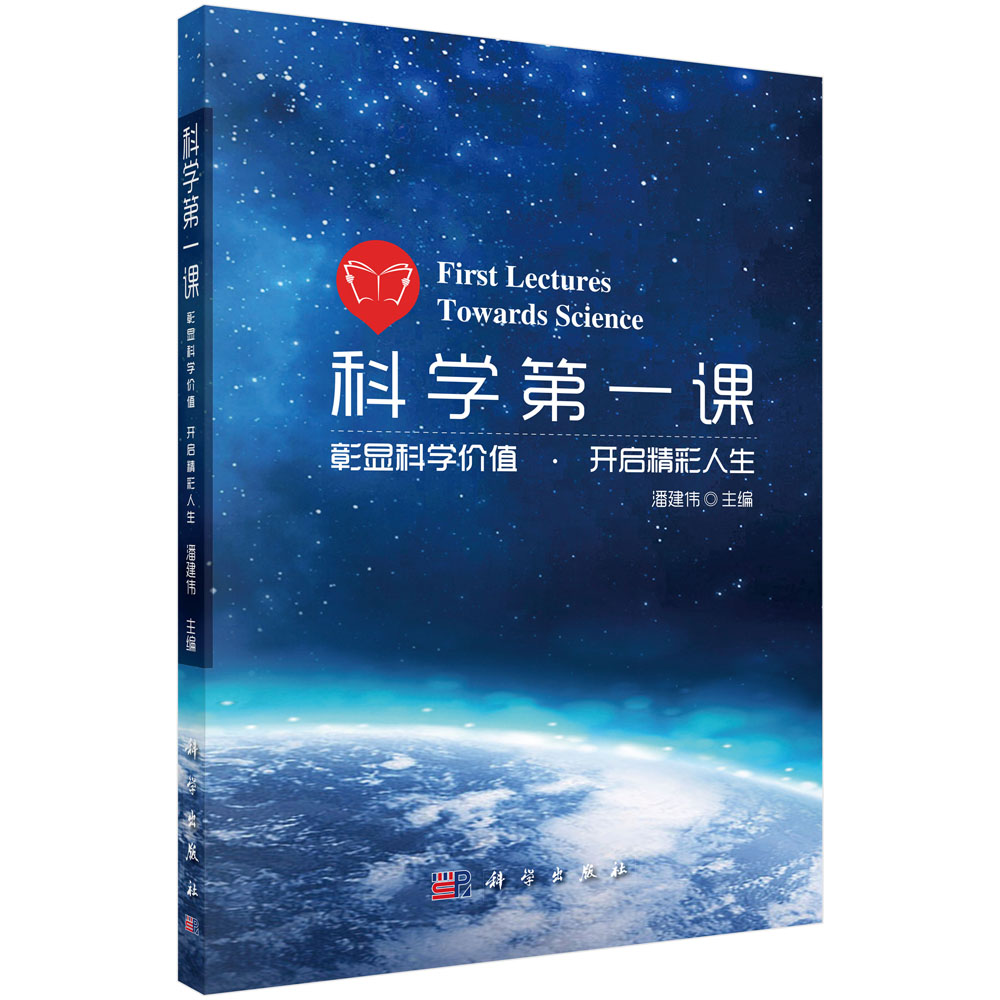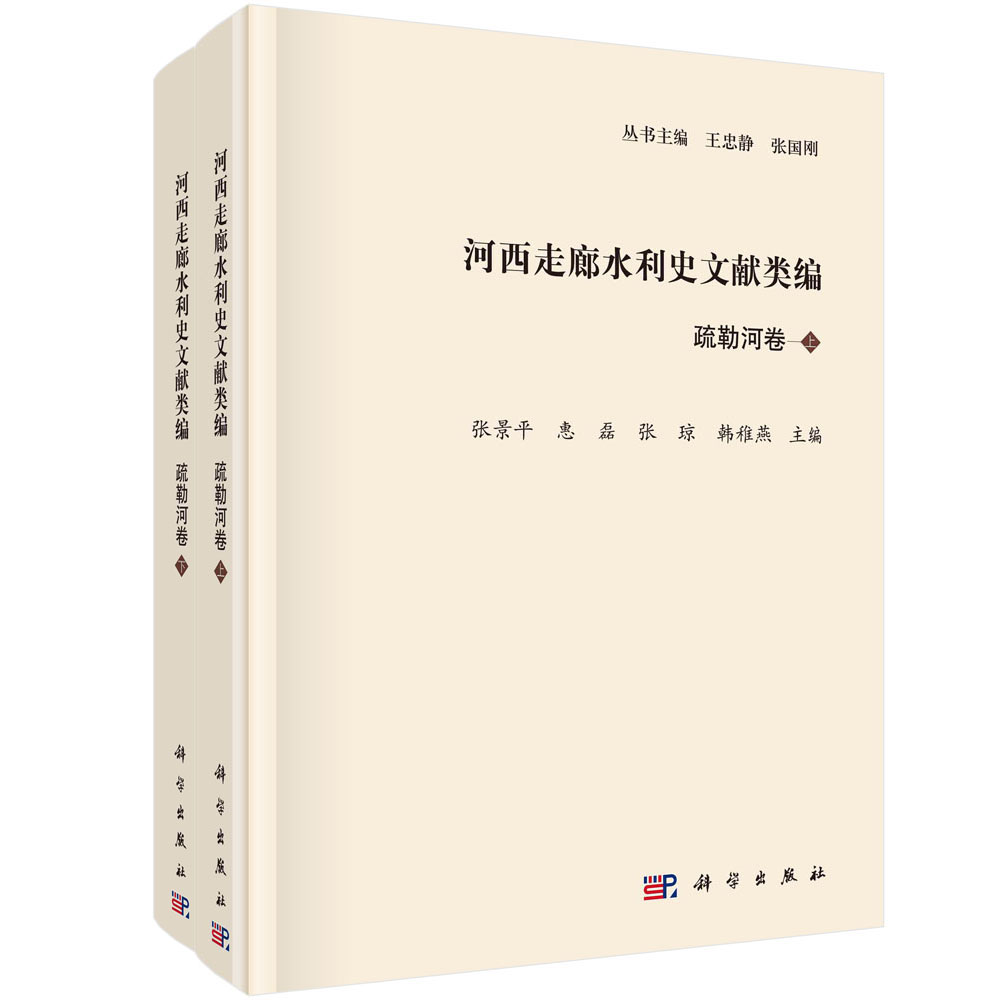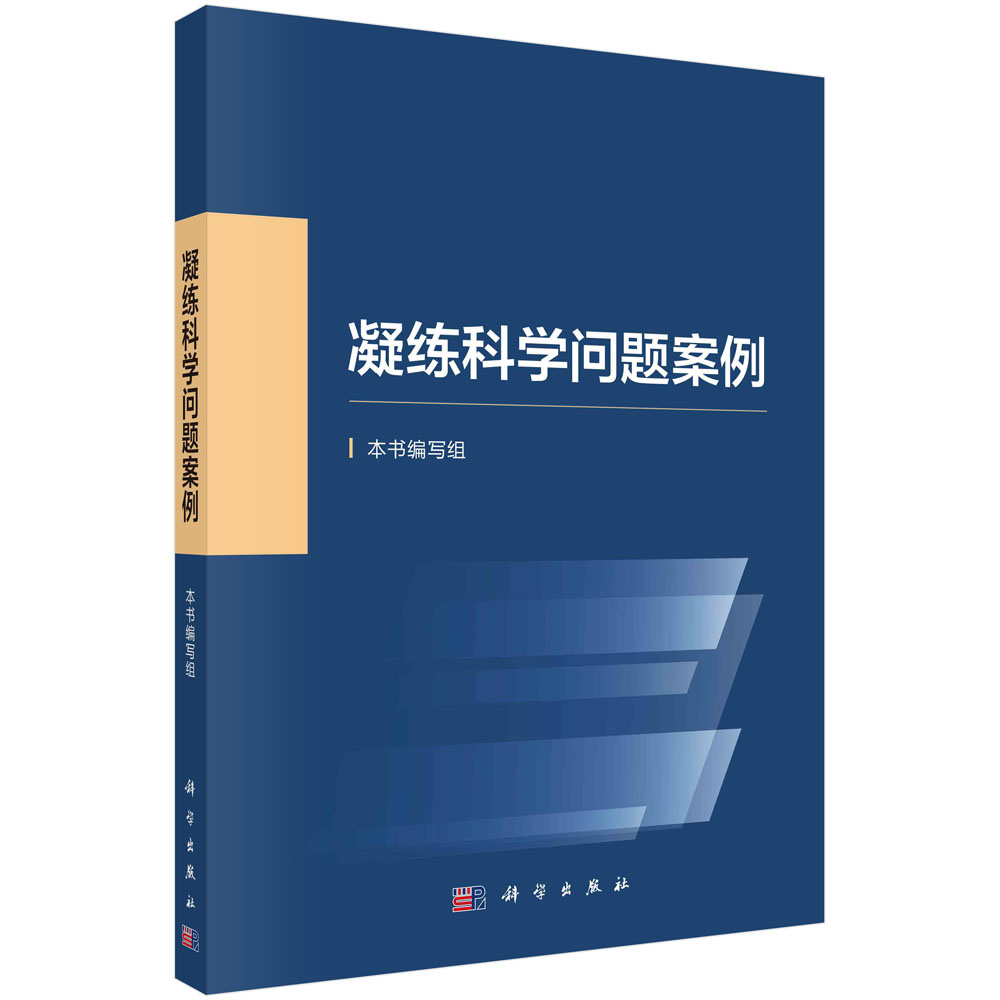此为"2008年国家社科基金"项目(08CYY003)研究成果。本书以《中国政府工作报告》、中国政要演讲稿、《人民日报》(海外版)及其他官方报纸的相关评论和其他官方文本等构成的"中国当代对外政治话语"为研究对象,以批判性话语分析为主要研究视角,从语言层面揭示话语与社会变迁之间如何形成互动关系等。通过具体话语的分析,将源于西方的理论观点和模式实际运用于我国独特语境和中外政治话语互动语境内,在一定程度上为形成具有中国特色的话语分析和交流理论奠定基础。
样章试读
目录
序一
序二
前言
Chapter 1 Political Discourse and Foreign-oriented Political Discourse
1.0 Introduction
1.1 From political rhetoric to political discourse analysis
1.2 Political discourse and foreign-oriented political discourse
1.3 Critical studies of political discourse
1.4 Key terms in political discourse analysis
1.4.1 Discourse
1.4.2 Critical
1.4.3 Ideology
1.5 Discourse as social,cognitive,and historical process
1.5.1 Discourse as social process
1.5.2 Discourse as cognitive process
1.5.3 Discourse as historical process
1.6 Procedures and strategies of analysis
1.7 Organization of the book
Chapter 2 Discursive Construction of Chinese Foreign Policy in the Annual Work Report to the NPC
2.0 Introduction
2.1 Critical studies of foreign policy discourse
2.2 The AWR and its FPS
2.3 Theoretical framework and analytical methods
2.3.1 CDA and foreign policy studies
2.3.2 Discourse practice as social practice and cognitive process
2.3.3 Procedures and strategies of analysis
2.3.4 Topical analysis,schematic analysis,and lexical analysis
2.4 Detailed analysis
2.4.1 An analysis of Year 1993 report
2.4.2 Diachronic analysis of the FPSs in the AWRs
2.5 Discussion
2.5.1 The construction of foreign policy in the AWR
2.5.2 The changes of discourse in the AWR
2.5.3 The interaction between policy discourse and social reality
2.5.4 China's foreign policy constructed discursively in the AWR
2.6 Summary
Chapter 3 Historical Discourse and the Ideological Construction of China's ?Peaceful Rise?
3.0 Introduction
3.1 Controversies over "peaceful rise"
3.2 "Peaceful rise" discourse as social,cognitive,and historical process
3.3 The image and construction model of "peaceful rise"
3.3.1 The image of "peaceful rise"
3.3.2 The construction model of "peaceful rise"
3.4 Discussion
3.5 Summary
Chapter 4 "Engagement" and the Construction of Solidarity Between China and Others in the "Peaceful Rise" Discourse
4.0 Introduction
4.1 Critical discourse studies of political speeches
4.2 China's "peaceful rise" and inter-state relations
4.3 Theoretical framework and analytical strategies
4.3.1 CDA and Engagement
4.3.2 Interpersonal relations and inter-state relations
4.3.3 Engagement as construction resources and as analytical strategies
4.4 Detailed analysis
4.4.1 General distribution of Engagement resources
4.4.2 Entertain
4.4.3 Acknowledge and distance
4.4.4 Deny and counter
4.4.5 Pronounce,endorse,and concur
4.4.6 Cooperative use of Heteroglossic Engagement
4.5 Discussion
4.6 Summary
Chapter 5 The Identity Construction of ASEAN and the China-ASEAN Relations
5.0 Introduction
5.1 Language and identity in the international theory and in CDA
5.2 China-ASEAN relations and China's discursive construction of ASEAN
5.3 Identity construction discourse as social,cognitive,and historical process
5.3.1 Identity construction discourse as social,cognitive,and historical process
5.3.2 News headlines as analytical strategy
5.4 Detailed analysis
5.4.1 Different identities constructed for ASEAN
5.4.2 Diachronic changes of ASEAN's identities
5.5 Discussion
5.5.1 Society,history and identity construction
5.5.2 Cognition,identity construction,and China-ASEAN relations
5.5.3 CDA and the constructivism and poststructuralism in IR
5.6 Summary
Chapter 6 "Harmony" and Chinese Spring Festival Celebration Abroad
6.0 Introduction
6.1 Chinese spring festival celebration and its cultural implications
6.2 Theoretical framework for the analysis
6.3 Detailed analysis
6.3.1 Lexical reiteration
6.3.2 The selective use of pronoun we/they
6.3.3 Cultural symbol depicting
6.3.4 Social activity description
6.4 Discussion
6.5 Summary
Chapter 7 Tension Between the Educational Identity and the Marketized Discourse of ?Confucius Institutes?
7.0 Introduction
7.1 Modernity and the expansion of the marketized discourse
7.2 "Confucius Institutes" and its identity construction
7.3 Theoretical framework and strategies for the analysis
7.3.1 Discourse,society and identity construction
7.3.2 Three-dimensional model of discourse analysis
7.3.3 Strategies of textual analysis
7.4 Detailed analysis
7.4.1 Marketized metaphors
7.4.2 Advertised language
7.4.3 Standardization of discourse
7.4.4 Professionalization of discourse
7.5 Discussion
7.5.1 The initial drive to construct a cultural educational identity for the institutes
7.5.2 The consequence of the marketization trend in the identity construction effort
7.5.3 The theoretical implications
7.6 Summary
Bibliography
List of Tables
2.1 Total Chinese characters in the AWRs and the FPSs
2.2 Schemata of the FPS in Year 1993 report
2.3 The 10 most frequently-occurred words in Year 1993 report
2.4 Words associated to general rules of Chinese foreign policy
2.5 Words associated to major international events in the previous year(s)
2.6 Topic variations of the FPSs in the AWR during 1993-2007
2.7 Schematic variations of the FPSs in the AWRs during 1993-2007
2.8 The 10 most frequently-occurred words in the FPSs during 1993-2007
2.9 Variations of words associated closely to rules of Chinese foreign policy in all the FPSs during 1993-2007
2.10 Words associated to major international events or China's policy changes in all the FPSs during 1993-2007
3.1 The relevant propositions concerning "peaceful rise"
3.2 The image of Zheng's "peaceful rise"
4.1 Titles of Zheng's speeches and other people's articles
4.2 An overview of heteroglossic engagement
4.3 The tag scheme and the sample text extract tagged
4.4 General distribution of the engagement
5.1 The occurrences of the identities constructed for ASEAN in the headlines
5.2 The occurrences of the identities constructed for ASEAN in the pre-1997 and the post-1997
6.1 Frequency of words highly relevant to Chinese harmony
6.2 The manipulative use of we,they and their substitutions
6.3 Chinese and non-Chinese cultural symbols in the texts
6.4 Text extracts in relation to official involvements
6.5 Text extracts in relation to non-governmental group's engagement
6.6 Text extracts showing "holiday sale" in the West during the Festival
6.7 Text extracts showing ordinary people's participation
7.1 Marketized metaphors used in the text
List of Figures
2.1 Cognitive schemata of the FPS in Year 1993 report
2.2 The percentage of the FPSs in the AWRs
4.1 Interpersonal and inter-state relations
4.2 Writers/speakers and readers/listeners
4.3 Relations bewteen people and states
4.4 Shift of inter-state to interpersonal relations
]]>

